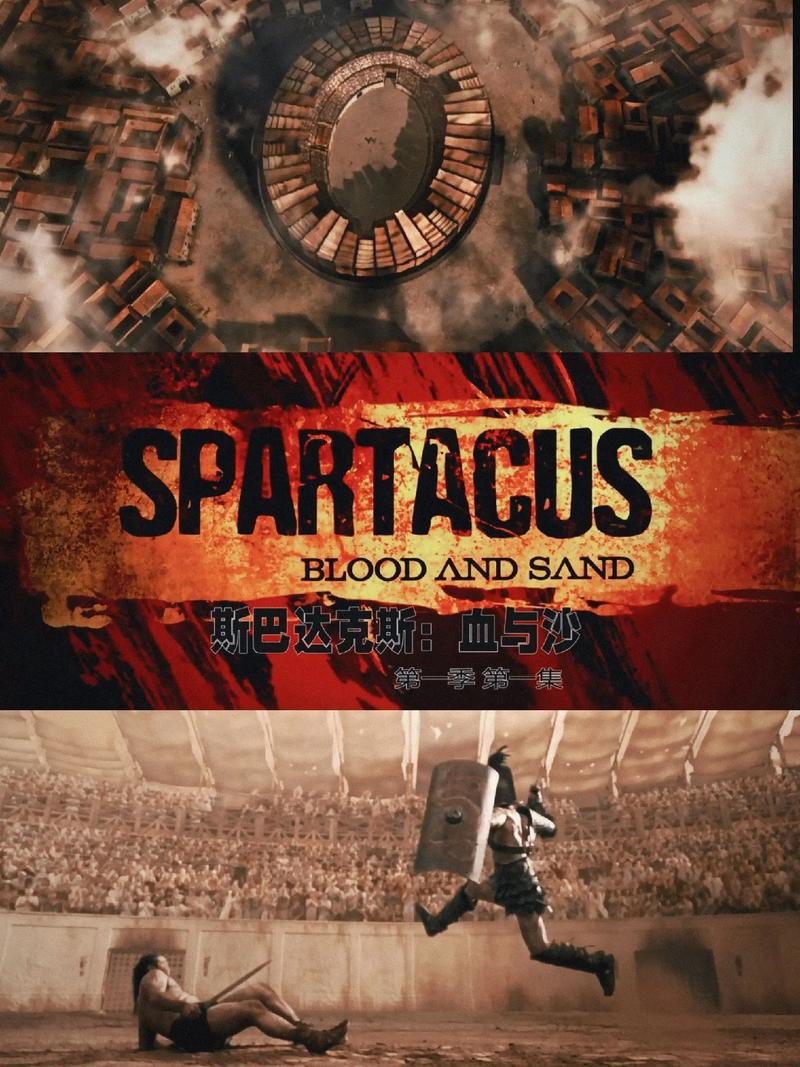Blood and Sand: A Deep Dive into the Intricacies of Desert Warfare
Desert warfare, a form of combat that has fascinated strategists and soldiers alike, is characterized by its unique terrain and challenging conditions. In this article, we delve into the multifaceted aspects of desert warfare, exploring its history, tactics, and the equipment used by the forces involved.
History of Desert Warfare
Desert warfare has a rich history, with some of the earliest recorded instances dating back to ancient times. The ancient Egyptians, for example, engaged in campaigns in the deserts of North Africa, utilizing their knowledge of the terrain to their advantage. Over the centuries, various civilizations have fought in deserts, including the Romans, Persians, and Ottomans.

One of the most famous examples of desert warfare is the North African Campaign during World War II. The British and Commonwealth forces, led by General Montgomery, faced off against the Axis powers in a series of battles that would come to be known as the “Desert War.” This campaign showcased the importance of mobility, reconnaissance, and air support in desert warfare.
Terrain and Climate
The desert, with its vast, arid landscape, presents unique challenges for military operations. The terrain can be both a friend and a foe, offering cover and concealment for troops, but also posing significant obstacles. Here are some key aspects of desert terrain and climate:
| Aspect | Description |
|---|---|
| Temperature | Extremely high during the day, with temperatures often exceeding 50掳C (122掳F). At night, temperatures can plummet to freezing. |
| Wind | Strong winds can occur, often carrying sand and dust, which can hinder visibility and communication. |
| Water Resources | Scarcity of water is a critical factor in desert warfare, as it is essential for both troops and equipment. |
| Vegetation | Limited, with sparse vegetation that can provide minimal cover. |
Tactics and Equipment
Effective tactics and specialized equipment are crucial for success in desert warfare. Here are some key elements:
Reconnaissance and Intelligence: Understanding the enemy’s movements and intentions is vital. Reconnaissance units, equipped with advanced surveillance technology, play a crucial role in gathering intelligence.

Mobility: Rapid movement is essential to maintain the element of surprise and avoid enemy forces. Vehicles such as the Land Rover and the Humvee are commonly used for their off-road capabilities.
Communication: Reliable communication systems are essential for coordinating operations. Satellite communication and secure radio networks are often used in desert environments.
Water and Fuel: Ensuring a constant supply of water and fuel is critical, as both are in short supply in the desert. Water purification systems and fuel-efficient vehicles are essential for sustaining operations.
Camouflage and Concealment: Troops and vehicles use specialized camouflage patterns and techniques to blend into the desert environment, minimizing the risk of detection.
Modern Desert Warfare: The Persian Gulf War
The Persian Gulf War in 1990-1991 is a prime example of modern desert warfare. The coalition forces, led by the United States, faced off against the Iraqi army in the deserts of Kuwait and Iraq. This campaign showcased the importance of air power, precision strikes, and advanced technology in desert warfare.
The coalition forces utilized a combination of air superiority, satellite surveillance, and precision-guided munitions to achieve a swift and decisive victory. The use of stealth technology and advanced communication systems also played a significant role in the success of the campaign.
Conclusion
Desert warfare is a complex and challenging form of combat, requiring specialized skills, equipment, and tactics. The unique terrain and climate of the desert present unique challenges, but also offer opportunities for those who understand and adapt to the environment. As history has shown, those who master the art of desert warfare can achieve remarkable success.
